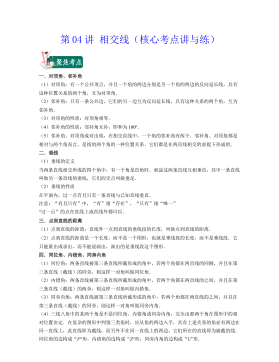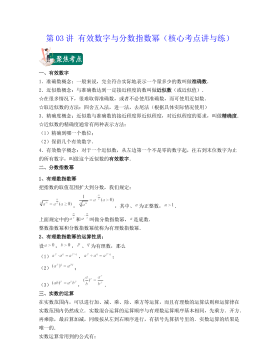集团化经营与企业财务风险实证研究——基于上市公司集团属性的分类
摘要世界各经济体在经历了由美国次贷危机引发的全球范围的金融危机之后,进入了后危机时代。在新形势下,内外部环境的急剧变化使得同处于全球化体系中的中国企业正面临着前所未有的挑战。企业集团以其巨大的资产规模、高额的营业收入和利润,以及独特的内部市场,在竞争中具有较强的竞争力。然而,我国企业集团也存在着巨大的、隐藏的、具有极大影响的财务风险。一方面,企业集团由于其特有的组织结构,财务风险具有很强的扩散性和多层渗透能力,集团内部一旦某个企业发生财务危机,极易通过集团成员企业间千丝万缕的关系迅速扩散到其他关联成员企业。同时企业集团具有极高的融资杠杆水平和股权融资放大效应,从而集聚着大量的社会资金,一旦发生...
相关推荐
-
10KV电网D-SCADA 系统信息采集与故障诊断研究与设计VIP免费

 2024-10-14 20
2024-10-14 20 -
方形吸顶散流器平送风等温射流特性研究VIP免费

 2025-01-09 6
2025-01-09 6 -
关于充液声导波传感器中频散兰姆波的研究VIP免费

 2025-01-09 6
2025-01-09 6 -
结合梁斜拉桥施工过程中考虑剪力滞影响的分析方法VIP免费

 2025-01-09 6
2025-01-09 6 -
空调房间热舒适性的数值模拟与实验研究VIP免费

 2025-01-09 7
2025-01-09 7 -
汽车前轮线控转向系统研究VIP免费

 2025-01-09 8
2025-01-09 8 -
输入分配型混合动力车辆动力系统控制策略研究VIP免费

 2025-01-09 7
2025-01-09 7 -
双馈风力发电系统的柔性并网控制研VIP免费

 2025-01-09 8
2025-01-09 8 -
污水处理厂污泥好氧堆肥发酵技术的试验研究VIP免费

 2025-01-09 7
2025-01-09 7 -
应用风室试验装置的风机性能VIP免费

 2025-01-09 8
2025-01-09 8
作者详情
相关内容
-

汽车前轮线控转向系统研究
分类:高等教育资料
时间:2025-01-09
标签:无
格式:PDF
价格:15 积分
-

输入分配型混合动力车辆动力系统控制策略研究
分类:高等教育资料
时间:2025-01-09
标签:无
格式:PDF
价格:15 积分
-

双馈风力发电系统的柔性并网控制研
分类:高等教育资料
时间:2025-01-09
标签:无
格式:PDF
价格:15 积分
-

污水处理厂污泥好氧堆肥发酵技术的试验研究
分类:高等教育资料
时间:2025-01-09
标签:无
格式:PDF
价格:15 积分
-

应用风室试验装置的风机性能
分类:高等教育资料
时间:2025-01-09
标签:无
格式:PDF
价格:15 积分






